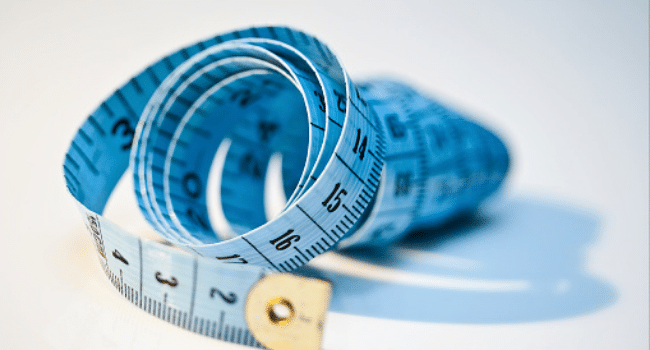Table of Contents
Millimeter (MM)
The millimeter is the system of measurement in which length is measured in thousandths of a meter. This system was created in 1798 and adopted in 1960.
Based on the definition of a millimeter, one millimeter is equal to one-thousandth of a meter. In other words, one millimeter is equal to 0.0393701 inches.
The millimeter is the most common unit of measurement for the length in the world. It is widely used in the fields of manufacturing, technical drawing, mathematics, and science.
The millimeter is commonly used in the industries such as electrical, electronics, mechanical engineering, architecture, and agriculture.
Centimeter (CM)
A centimeter (symbol cm) is a unit of length equal to one-hundredth of a meter, the International System of Units base unit of length. While the exact length of a centimeter depends upon measurement conventions, it is approximately equal to 1/100th of a meter.
To determine the length of a centimeter, take a sample object and place it next to a ruler. The distance between the two is equal to the length of the centimeter. For example, a centimeter is about the length of a US nickel coin.
Now that you know what a centimeter is, you’re all set to use them in your next project. They’re a very handy measurement to have around, and you can use them for anything from sketching to creating an awesome infographic design.
What are the differences between centimeters and millimeters?
- The difference is that centimeters are a unit of length while millimeters are a unit of length or area.
Centimeters are used to measure distance, i.e., how far away something is, whereas millimeters are used for measuring size/the size/thickness of something.
1cm = 10mm (10 centimeter in one millimeter) but 1 mm = 0.05 cm (0.5 centimeters in one millimeter)
1 centimeter = 0.01 meter (100 millimeters in one meter) but 1 millimeter = 0.001 meter. (10 centimeters in one meter)
However, the difference is not really significant when it comes to consumer products because you would need a ruler to measure with precision centimeters or millimeters which has no difference when you just need to know the approximate size.
As for scientific purposes, using centimeters and millimeters is more accurate because they are not mixed up and have different uses. For example, it is used like this: 1 cm can replace 10 mm in equations (where millimeter is usually used) and vice versa; 100 mm can replace 1 meter in equations (where the meter is usually used) and vice versa.
According to Kevin Bracken of Howmanyology, it is good to know the difference between centimeters and millimeters in order not to confuse when you are taking measurements. Millimeters are more precise than centimeters so it is often used for measuring thin objects with microscopes or when precision is needed. On the other hand, centimeters are less precise than millimeters so it is often used when measuring bigger objects because it would be less accurate.
Centimeters and millimeters have the same units of length but differ in their usage.
1 cm = 10 mm (10 centimeter in one millimeter) but 1 mm = 0.05 cm (0.5 centimeters in one millimeter)
1 centimeter = 0.01 meter (100 millimeters in one meter) but 1 millimeter = 0.001 meter. (10 centimeters in one meter)
1 cm ≈ 0.3937 inches (2.54 cm ≈ 1 inch).
1 inch ≈ 2.54 cm (30.48 cm ≈ 1 feet)
1 foot ≈ 30.48 cm (39.37 inches ≈ 1 yard)
1 yard ≈ 0.9144 meters (1092 yards ≈ 1 mile)
1 mile ≈ 1.609 kilometers (1609.344 meters ≈ 1 nautical mile).
The difference is that a centimeter is a unit of distance while millimeters are a unit of length or area.
How to convert millimeter to centimeter
Millimeters are a unit of length in the metric system. One millimeter is equal to 0.001 meters, which means that one centimeter equals ten millimeters.
To convert from centimeters to millimeters, simply move the decimal over three spaces to the right since there are three zeroes in .1meter. For every zero you move to the right, take ten away from your original number. For example:
100 centimeters = 100cm x 0.1m = 10 m
There are 1000 millimeters in a meter and 1 centimeter equals 0.01 meter, so 10 millimeters is equal to:
10mm x .01m = 1mm
To convert from millimeters to centimeters, just move the decimal over two spaces to the left since there are two zeroes in 0.001 meters. For every zero you move to the left, add ten to your original number. For example:
10 mm = 10mm x .01m = 1cm 100 mm = 100mm x .01m = 10cm
There are 100 centimeters in a meter and 1 millimeter equals 0.001 meters, so 10 centimeters is equal to:1mm x .001m = 0.1cm 100 millimeters = 100mm x .001m = 1cm.
Read more on KulFiy
All about Dividend – Definition, Formula and Important Rules
